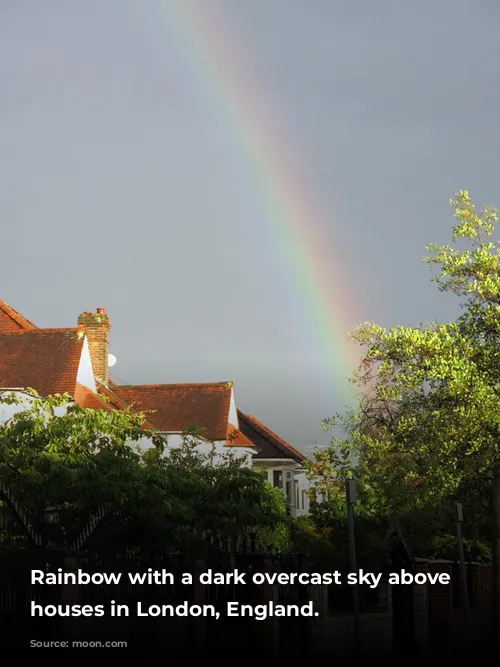London’s location on the map, at a northerly latitude of 51°30’ North, plays a fascinating role in shaping its daylight hours. This means London experiences dramatic differences in the length of its days throughout the year.
Winter in London is characterized by short, dark days and early sunsets. The sun barely graces the horizon by 4 pm, leaving Londoners to navigate the city in darkness. This can feel especially stark for those accustomed to the long sunny days of other places.
Summer in London, on the other hand, brings long, sun-filled days. The sun rises early, often as early as 4 am, and sets late, stretching well into the evening. While this offers abundant opportunities for outdoor activities, it can also disrupt sleep schedules and make it difficult to get children to bed.
A Temperate Climate Despite Its Northern Location
Despite its high latitude, London enjoys a surprisingly temperate climate. This is thanks to the Gulf Stream, a warm current that flows from the Caribbean and brings mild temperatures to Western Europe.
Winter in London rarely sees extreme cold, with average daytime temperatures hovering around 8°C (46°F). Although temperatures can drop below freezing, most homes are equipped with heating systems to keep Londoners cozy.
Summer in London is generally mild, with average high temperatures around 22°C (73°F). While there may be occasional heat waves that reach over 25°C (77°F) or even 30°C (86°F), they are relatively short-lived.

London’s Rainy Reputation: A Gentle Drizzle
London is known for its rain, which falls throughout the year. While the total annual rainfall isn’t exceptionally high, it drizzles frequently. This gentle rain is usually light and rarely turns into a heavy downpour.
Londoners are well-prepared for the rain, often carrying small umbrellas or wearing shower-proof jackets. While thunderstorms can occur occasionally, they are rare compared to the persistent drizzle.

Snowfall in London: A Rare and Disruptive Phenomenon
Snowfall in London is uncommon. The city’s heat generated by buildings and traffic makes it difficult for snow to settle. When it does snow, the city can experience major disruption.
The Underground and train services are particularly vulnerable to snow and ice, often facing delays and cancellations. However, the traffic is perhaps the most significantly impacted, with even a small amount of snow causing gridlock.

London’s Weather: A Unique Blend of Temperate and Unexpected
London’s weather offers a unique blend of temperate conditions and unexpected elements. While the city enjoys a mild climate, it can also experience surprises, like occasional snowfalls or prolonged heat waves.
Londoners have learned to adapt to the city’s weather patterns, embracing its quirks and preparing for its surprises. This unique combination of predictability and unpredictability adds a certain charm to London’s character.










